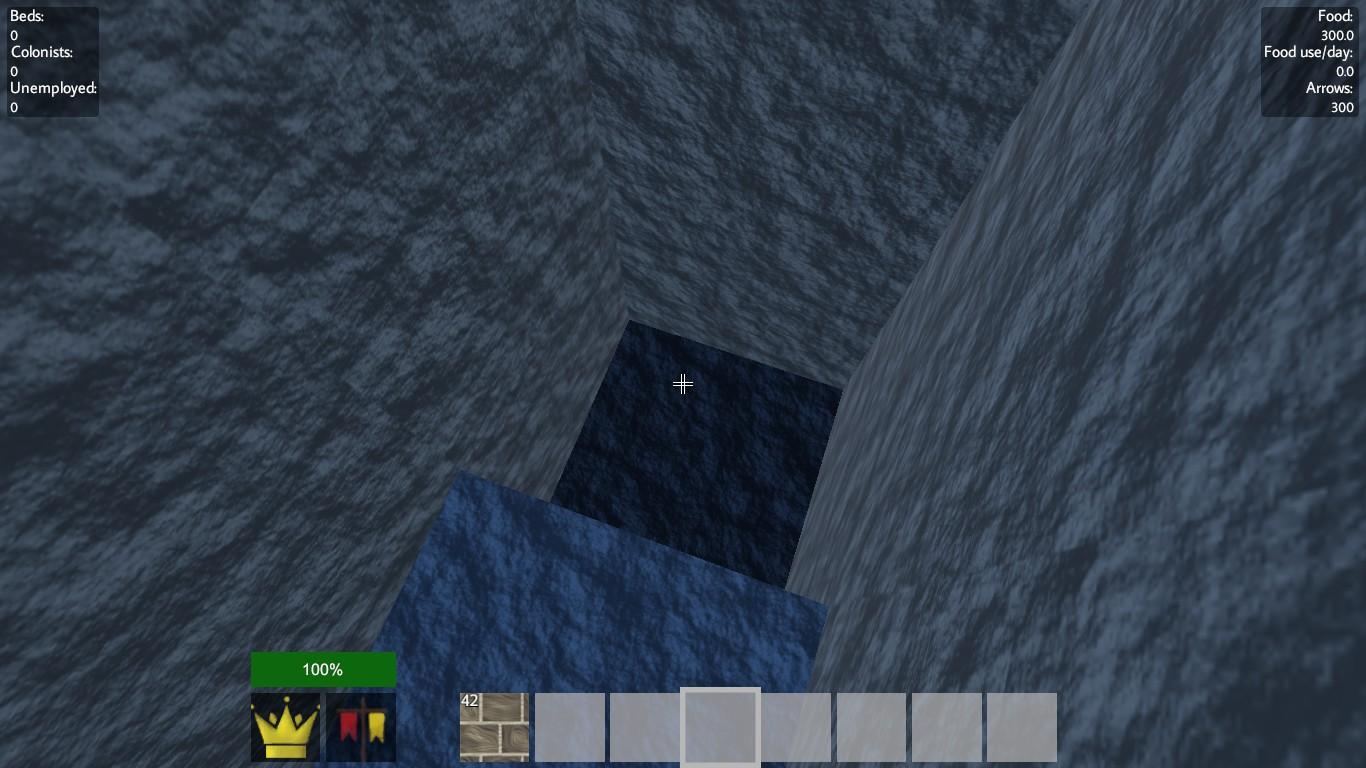

This study yields direct evidence of a range of different association mechanisms between bacteria and minerals. All strains studied adhered predominantly to the edge surfaces of kaolinite rather than to the basal surfaces. Bacteria rarely formed aggregates with montmorillonite, but were more tightly adsorbed onto goethite surfaces. This study reports the first measured interaction force between bacteria and a clay surface and the approach curves exhibited jump-in events with attractive forces of 97 ± 34 pN between E. Bond strengthening between them occurred within 4 s to the maximum adhesion forces and energies of −3.0 ± 0.4 nN and −330 ± 43 aJ (10 −18 J), respectively. Under the conditions studied, bacteria tended to form more extensive biofilms on minerals under low rather than high nutrient conditions.


Soil bacteria live in an environment dominated by particle surfaces and bacterial adhesion and subsequent biofilm formation of liquid-mineral interfaces are ubiquitous processes 1. Bacterial colonization at the interfaces plays a critical role in the formation and stability of soil aggregates 2, 3, the weathering of minerals 4, the control of bacterial activities 5, the degradation and sequestration of organic carbon 6 and the fate of pollutants 7.īacterial adhesion onto solid surfaces is the initial step in biofilm formation, which is governed not only by the surface properties of the bacteria and the solids, but also by solution chemistry 8, 9, 10. Over the past decades, bacterial adhesion to primary minerals and engineered surfaces has been extensively studied 11, 12. The solid surfaces that bacteria encounter in soils and sediments include primary minerals, clay minerals, iron oxides and organic matter. Clay minerals and iron oxides are the most active inorganic colloid constituents in soils and sediments 1. However, quantifying the extent of bacterial adhesion onto clay-size particles has been particularly challenging due to the difficulties associated with physical separation of bacteria from the particles, both of which are micron-scale objects of similar size.


 0 kommentar(er)
0 kommentar(er)
